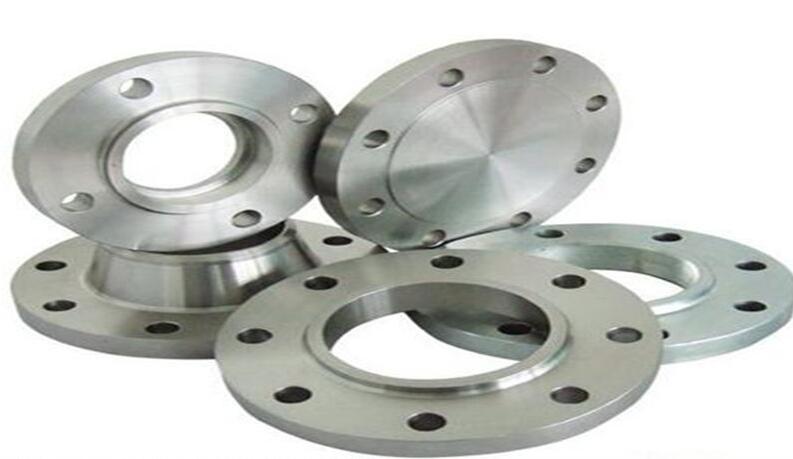中文
ENGLISH
中文
ENGLISH
Different metal casting structures have different contents and difficulties in subsequent processing. After the metal castings are cast, the shells can be crushed, cut, polished, and shot blasted, and some castings require additional operations. The factors that determine the difference in post-processing costs of stainless steel castings: sand removal, corrective deformation and refurbishment, the cost of which depends on the casting structure and technical requirements, and the cost difference should be considered when approving the price.
1. Clear sand: Some sand castings with narrow slots or slender holes are difficult to clean, and require sanding, biting, sandblasting, or alkali blasting to clean them. Such castings require separate estimation of the cost of sand cleaning.
2, plastic: easy deformation of the casting needs to correct its deformation, the difficulty of shaping depends on the casting structure, degree of deformation and the customer's size and shape tolerance requirements. The cost of plastic surgery should be accounted for separately.
3. Renovation: The casting process is a special process, and there are many factors that affect the quality of castings. Objectively speaking, casting surface defects are unavoidable. Different customers or different uses of castings have different requirements for surface quality. It is very important for supply and demand parties to determine a reasonable quality acceptance standard based on the characteristics of castings and surface defects that may occur before the order is placed. If the customer's requirements for surface quality are relatively high, the cost of renovation will be higher. The cost of refurbishment is mainly affected by the quality requirements of castings and the first pass rate of castings. The former needs to be considered in pricing and the latter depends on internal quality control. The cost of renovation can be adjusted by multiplying the average cost of post-processing by an appropriate quality factor.



